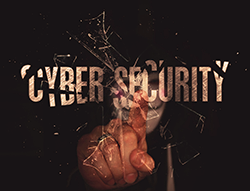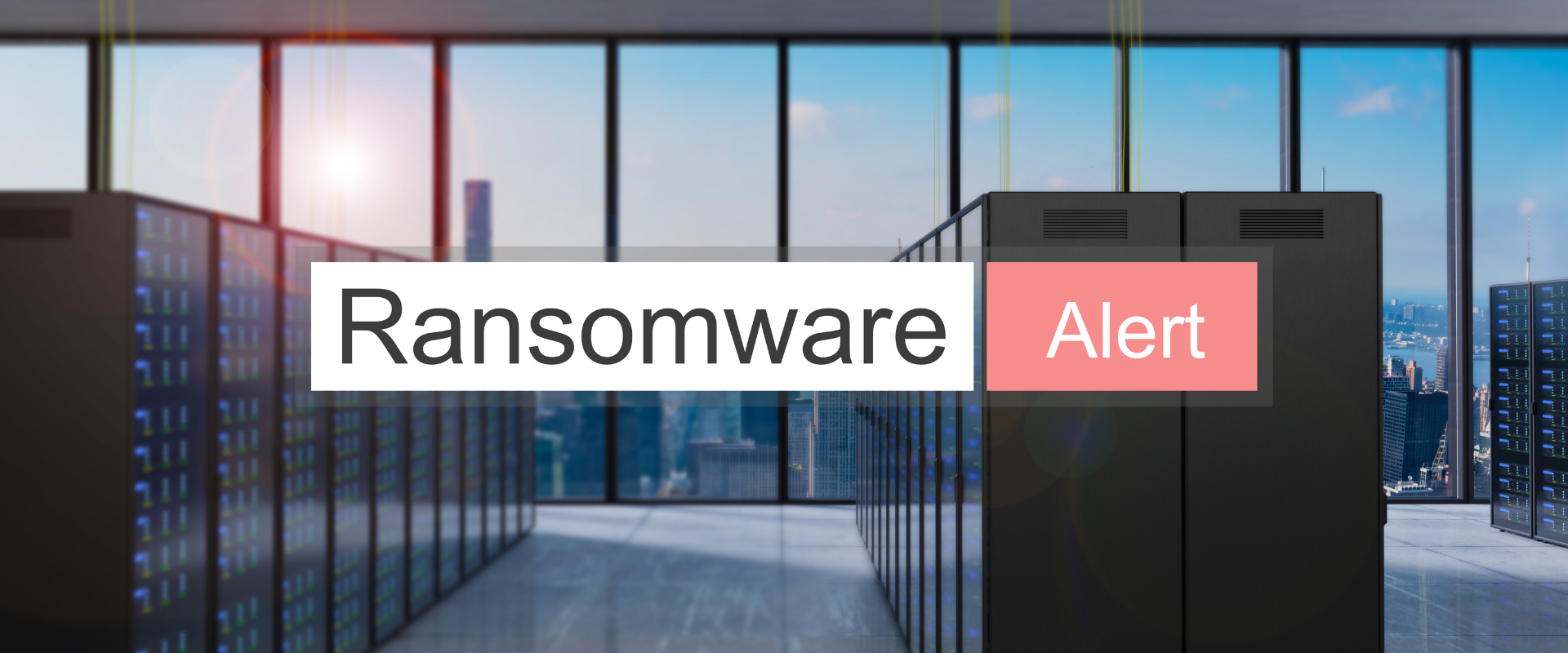
Zero Trust: The Key to Safeguarding Your Digital Assets
By, Webmaster
- 2 Jul, 2025
- 3.8k Views
As cyber threats become more sophisticated and frequent, traditional perimeter-based security models are no longer sufficient to protect businesses. This is where Zero Trust comes in—an innovative cybersecurity framework designed to enhance the security of digital infrastructures by assuming no one, inside or outside the network, can be trusted by default.
In this blog, we’ll explore the principles behind Zero Trust, why it’s becoming a critical security strategy, and how businesses can implement it to improve their defense against modern cyber threats.
What is Zero Trust?
Zero Trust is a security model that operates on the principle of “never trust, always verify.” Unlike traditional security models that rely on the idea of trusted internal networks and untrusted external networks, Zero Trust assumes that threats can exist both inside and outside the network. Therefore, every user, device, and network request must be authenticated and authorized before being granted access to any resources.
In a Zero Trust environment, access is granted based on the principle of least privilege, meaning users and devices only get access to the resources they absolutely need to perform their job. This reduces the risk of a breach by minimizing the attack surface and limiting the potential damage an attacker can cause if they gain access to the network.
Why is Zero Trust Becoming Essential?
Increasing Sophistication of Cyber Threats: Cyber attackers are using more advanced techniques, such as phishing, ransomware, and AI-driven attacks, to bypass traditional security systems. Zero Trust’s strict verification processes help mitigate these risks by assuming that all traffic, even from trusted internal sources, could be malicious.
The Shift to Cloud and Remote Work: As organizations increasingly adopt cloud computing and remote work environments, the traditional “castle-and-moat” security model is becoming obsolete. Employees, contractors, and partners need access to company resources from various devices and locations, which increases the likelihood of security breaches. Zero Trust provides a robust framework for managing this increased complexity.
Data Protection and Compliance: With regulations such as the GDPR, CCPA, and other data privacy laws placing a heavy emphasis on securing sensitive data, businesses must implement stringent access controls and monitoring mechanisms. Zero Trust ensures that only authorized individuals can access confidential data, helping organizations stay compliant with data protection regulations.
Key Principles of Zero Trust
Verify Everything: Every request for access, whether it comes from inside or outside the network, must be verified. This includes user authentication, device health checks, and network security checks. Multi-factor authentication (MFA) is a critical component of this process to ensure that only authorized users can access resources.
Least Privilege Access: Users and devices should be granted the minimum level of access necessary for them to perform their job functions. This limits the potential impact of a breach, as attackers will have access to fewer resources.
Micro-Segmentation: Zero Trust advocates for dividing networks into smaller segments to prevent lateral movement by attackers. Even if an attacker gains access to one part of the network, they cannot easily move to other critical systems. Micro-segmentation makes it harder for attackers to escalate privileges and access sensitive data.
Continuous Monitoring: Continuous monitoring and real-time analysis of user and device behavior are essential for detecting unusual activities that could indicate a breach. Zero Trust requires ongoing validation to ensure that only authorized actions are being performed and that no malicious activities are taking place.
Automated Response: To enhance the speed and effectiveness of threat detection and response, Zero Trust systems often employ automation. Automated actions can quickly block malicious activity or alert security teams, minimizing the time an attacker has to cause damage.
How to Implement Zero Trust in Your Organization
Assess Your Current Security Posture: The first step in implementing Zero Trust is to assess your existing security measures and identify areas where trust-based security models may still be in place. This includes evaluating network security, access control systems, and user authentication methods.
Adopt Strong Authentication Methods: Multi-factor authentication (MFA) is essential for verifying the identity of users and devices. In a Zero Trust model, MFA ensures that only authorized individuals can access sensitive resources.
Apply the Principle of Least Privilege: Review user roles and access permissions to ensure that each employee or contractor only has access to the resources necessary for their role. Implementing tools that allow for fine-grained access controls can help streamline this process.
Implement Micro-Segmentation: Break down your network into smaller, isolated segments to prevent lateral movement by attackers. This makes it harder for attackers to escalate privileges and move between systems once they’ve gained access.
Invest in Advanced Threat Detection and Response Tools: Implement solutions that provide real-time monitoring and automated response capabilities. Machine learning and AI-driven tools can help detect anomalous behavior and trigger immediate responses to contain potential breaches.
Regularly Update Security Protocols: Zero Trust requires constant attention and refinement. Regularly update your security protocols to ensure that your access control policies remain aligned with your organization’s evolving needs and the changing threat landscape.
Conclusion
As cyber threats continue to evolve, the Zero Trust model will become increasingly important for organizations of all sizes. Its ability to mitigate risks associated with remote work, cloud computing, and advanced cyberattacks makes it an essential framework for the future of cybersecurity.
By adopting Zero Trust principles, businesses can create a more secure, resilient network infrastructure that minimizes the risk of data breaches and unauthorized access.
We hope this blog has provided valuable insights into the growing importance of Zero Trust in modern cybersecurity. For more information or to enhance your organization’s cybersecurity strategy, reach out to us today!
Recent Posts
- IoT Security Risks: How Connected Devices Are Expanding the Cyberattack Surface
- Data Breaches: Understanding the Real Cost of a Cyberattack
- Deepfake Fraud: The New Frontier of Cybercrime
- Cloud Security Challenges: How to Protect Your Data in a Borderless Digital World
- AI in Cybersecurity: How Artificial Intelligence is Changing the Fight Against Cyber Threats
Category
- Cyber Security (86)
- Vulnerability Assessment (70)







